Hoshina Seki: A Journey of Faith, Family, and BecomingMinister | Artist | Transgender Elder | New York Buddhist Church
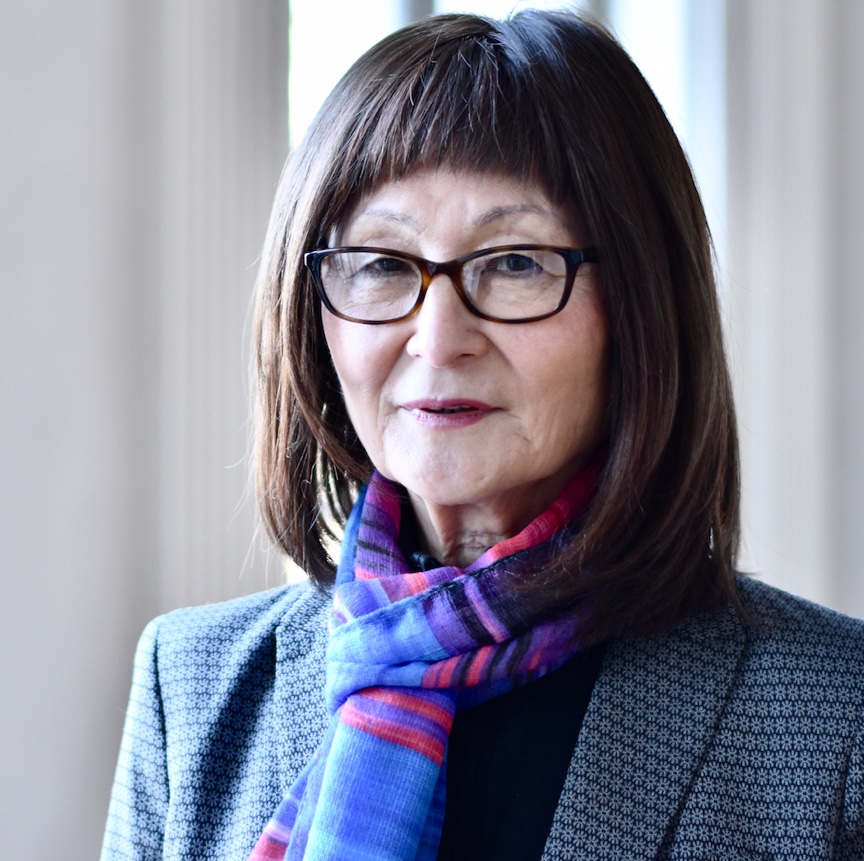
Iwao Yamawaki (1898–1987) Architect, Photographer, Bauhaus Pioneer
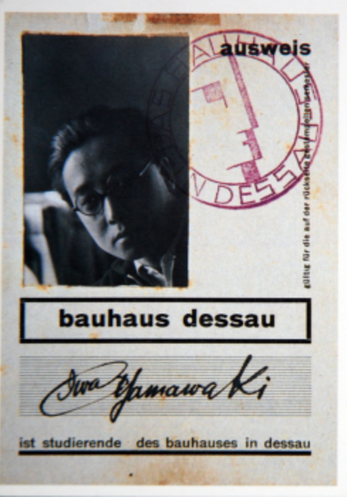
Uchida Yoshikazu (1885–1972), Architect, Engineer, and Academic Leader

「ニューヨークで生きた国吉康雄とその作品」
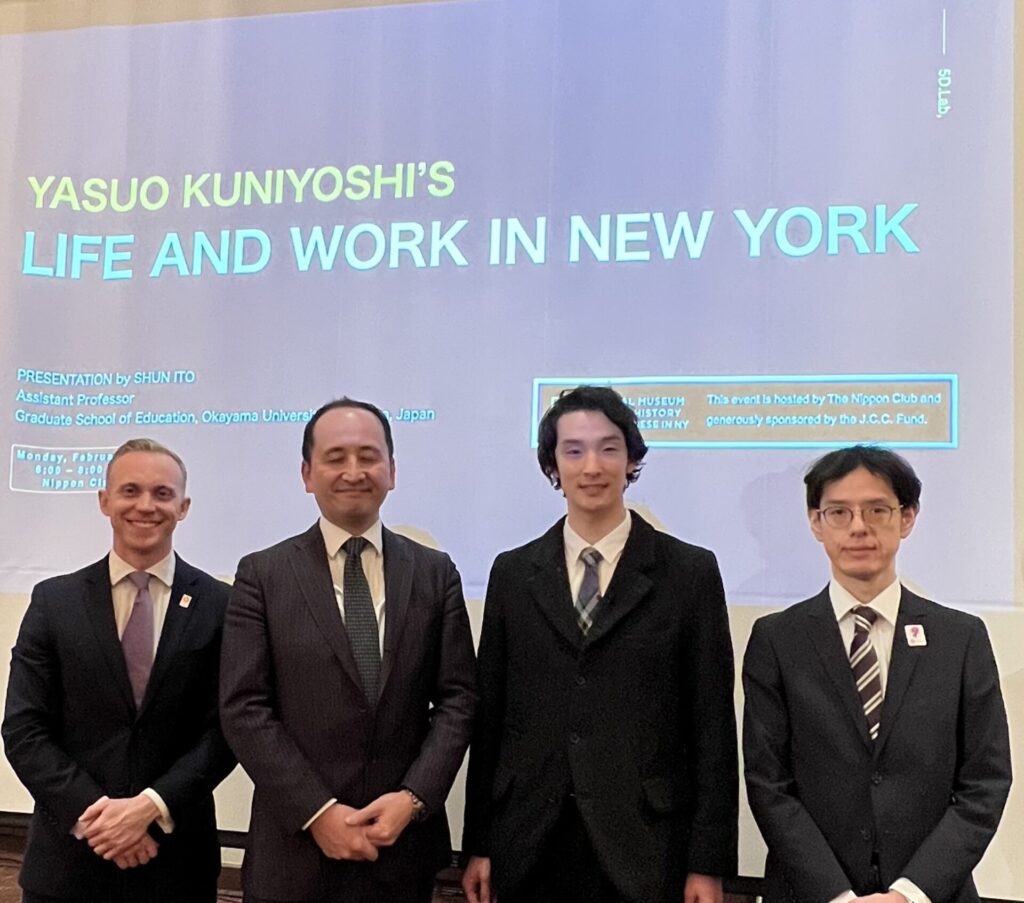
Kuro Murase
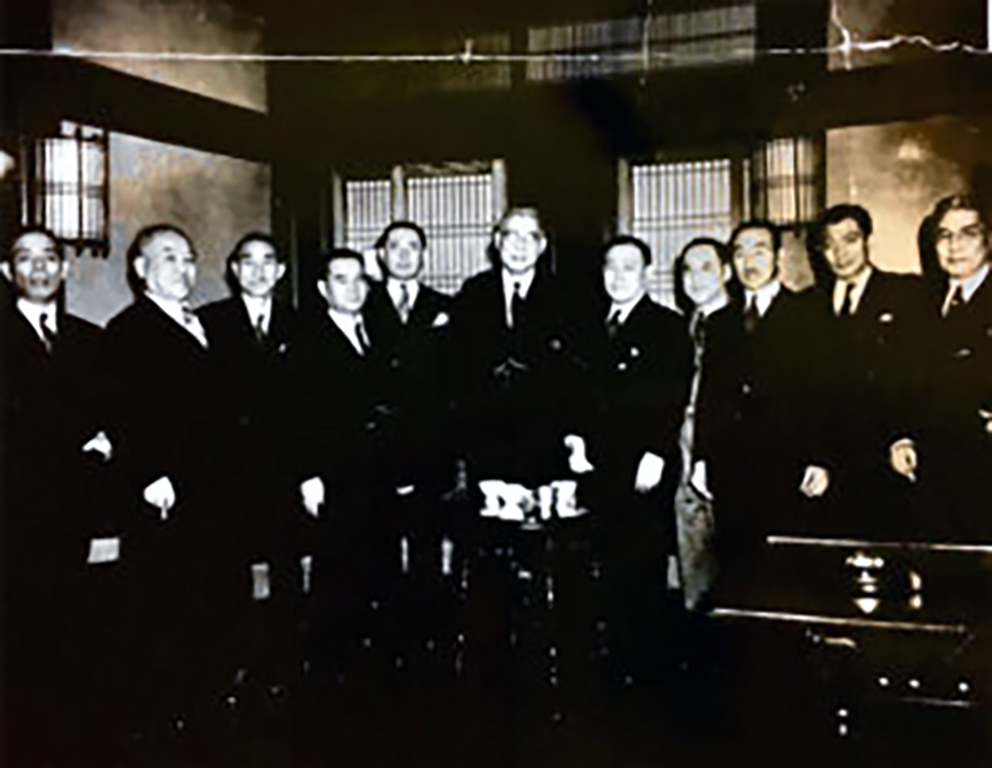
Kuro Murase (1880-1947) was a Japanese American physician who was born in Hagi, Yamaguchi Prefecture, Japan in 1880. He earned a doctorate from Ngoya University Medical Graduate School.
He immigrated to the U.S. sometime around 1911, where he pursued further education in ophthalmology at Bellevue Hospital.
Leo Amino
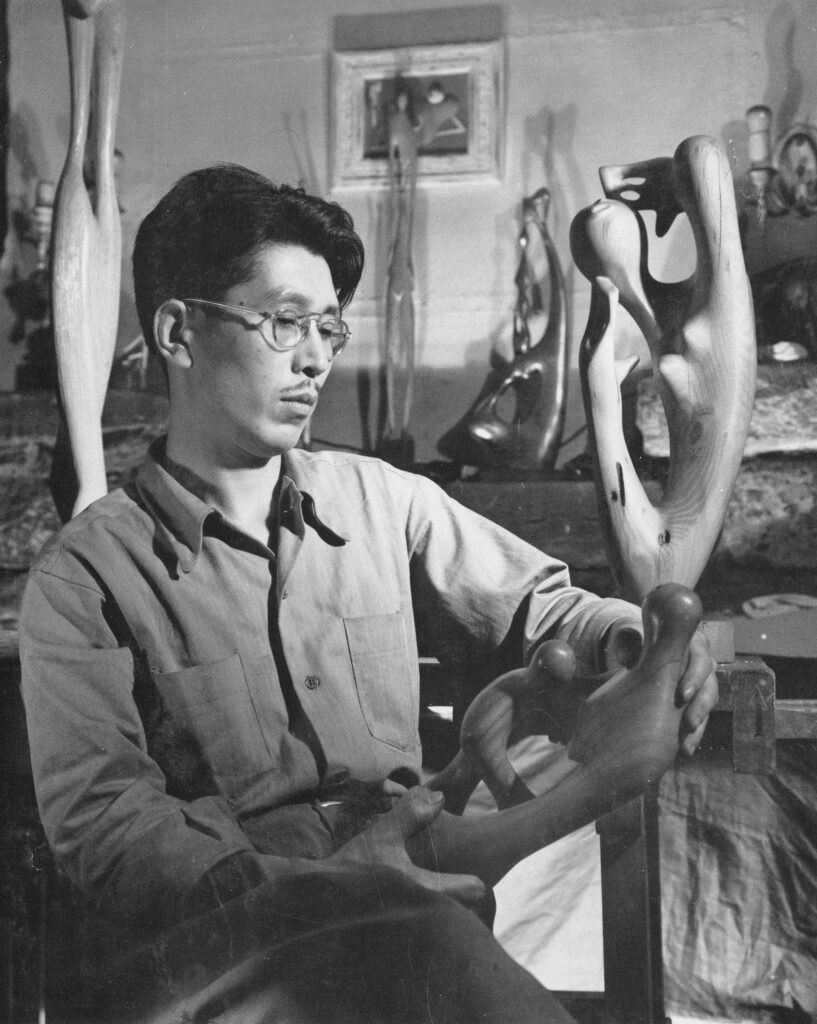
Japanese American sculptor Leo Amino (1911-1989) was born in Taiwan and educated in Tokyo. He immigrated to the U.S. as a young man in 1929, where he attended San Mateo Junior College before anti-Japanese sentiment moved him to cross the country to New York in 1935.
He is the first American artist to use plastics as a principal material of sculptural composition, and the innovator of cast plastics in American sculpture.
The only Asian American artist to teach on faculty in the history of the Summer Art Sessions at Black Mountain College, he is also one of few artists of Asian descent to gain this level of national exposure in the first half of the 20th century.
地域社会の再建
Labor Recruitment Poster, “Year Around Work for Men and Women,” 1941-1945. Seabrook Educational and Cultural Center, Rutgers University Libraries Out of loss and exile grew resilience. As the war ended, Japanese Americans in New York faced the daunting task of rebuilding not just their personal lives but their collective community. They established new organizations, forged alliances, and created spaces that honored their history while embracing new possibilities. Their story is ultimately not one of defeat, but of renewal, a testament to endurance, solidarity, and hope. From 1943 until the war’s conclusion, the War Relocation Authority, established to administer internment, initiated a gradual process of releasing internees. After pledging “unqualified allegiance […]
若き日系アメリカ人のための教育
The fight for democracy was paralleled by a battle over education. For young Japanese Americans, schooling became both a refuge and a battleground. Families struggled to ensure their children’s futures amid discrimination and disruption. Education emerged as a quiet but powerful form of resistance, laying the groundwork for a new generation determined to forge identities that could bridge cultures rather than be trapped between them. At the time of the attack on Pearl Harbor, a significant number of Japanese American students were enrolled in educational institutions across the United States. In response to the evacuation, local groups endeavored to facilitate the prompt transfer of students to educational institutions situated east […]
Japanese Americans and Democracy
The injustice at Ellis Island ignited a reckoning with democracy itself. Japanese Americans, even while incarcerated, engaged in fierce debates about loyalty, rights, and citizenship. Issei New Yorkers and the Nisei (second-generation), took it upon themselves to prove that democracy could be claimed, not just promised. Their activism and sacrifices challenged America’s contradictions, pushing the nation toward a truer realization of its democratic values. Prior to the war, the Japanese community in New York was divided between the pro-Tokyo and the progressives. In response to the potential threat of war, the progressives united to protect community members from dismissal due to discrimination, leading to the formation of the Committee for […]

